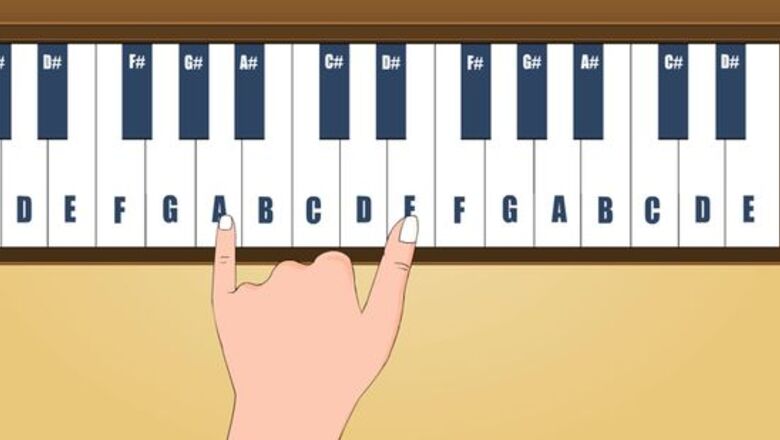
views
Learning the Intro (For Beginners)
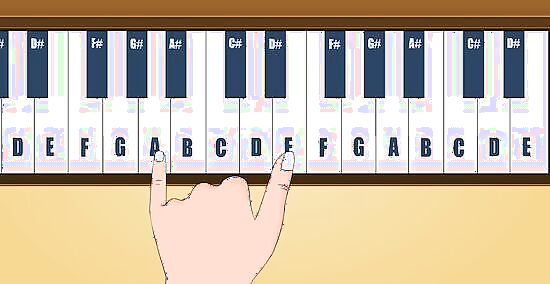
Begin by placing your left hand on the left side of the piano's keys. In the intro to "Someone Like You," your left hand is responsible for playing the low (or "bass") notes. The first notes you'll hit are the notes A and E. Press these keys down with your pinky finger and thumb at the same time. Your pinky should be on the second A below middle C, and your thumb on the E above that A. Hold this note for 4 beats. In other words, hold the keys down, then slowly and evenly count, "One, two, three, four." then release them. If you don't know the names of the notes on the piano, don't worry. Simply put your pinky on the white key between the two rightmost black keys in the second cluster of three black keys (starting from the left side of the piano). This is A. Put your thumb four white keys above A. This is E. Note - these positions assume a standard-size piano.
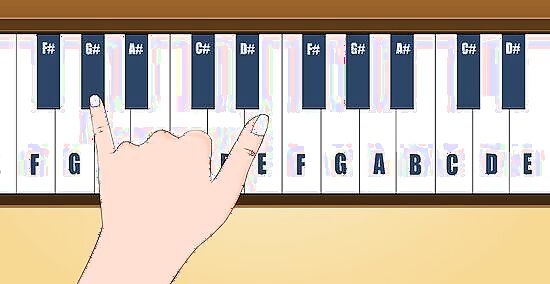
Move your pinky finger to G#. After the 4 beat count of A-E, keep your thumb in its place on E and move your pinky finger on to G#. This is the black key just to the left of the white A key. Hold both of these keys for 4 beats.
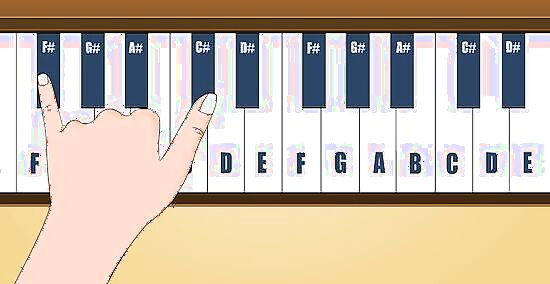
Play an F# and C#. For the next notes, you must move your whole left hand. Place your pinky finger on F# and your pointer finger (or thumb, which ever one is more comfortable) on C#. F# is one black key lower than G#, while C# is the leftmost of the two black keys below the E you were just playing. Hold both of these keys down on for 4 beats also.
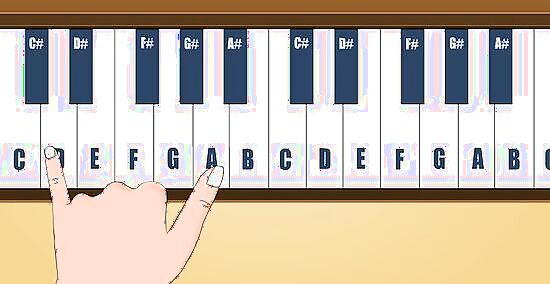
Finally, play D and A. For these notes, you'll have to move your hand again. Move your pinky finger three white keys to the left, placing it on D. Place your thumb on the A above it, which should be exactly the same note as very first A you played (only, this time, we're playing it as the higher of our two notes, rather than the lower.). Again, hold these notes down for 4 beats.
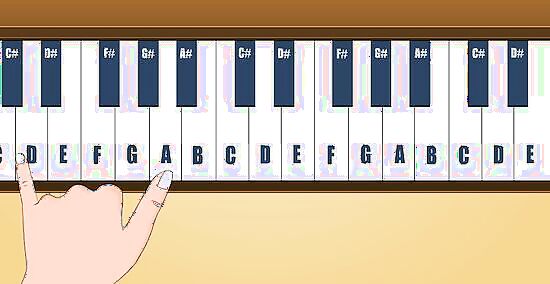
Practice this left hand sequence. Repeat steps 1-4 continuously until you can play these two-note chords without making mistakes.
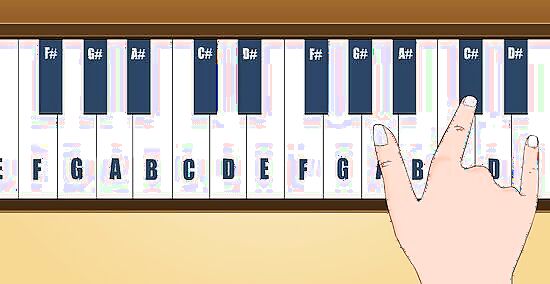
Switch to your right hand. After repeating steps 1-4, now take your left hand off the keyboard and put your right hand on. Place your right thumb on the A key closest to middle C, then put your pointer finger on C# and pinky on E. Play A,C#,E,C#. Repeat this sequence, playing it four times per measure (one 4-note repetition per beat). In this song, your right hand has to work a lot faster than your left hand. Listen to a recording of the song to get a sense of how fast you should be going - it's OK to practice this part slower than it's played in the song, slowly working it up to speed. Note that, if you count both white and black keys, each note repeats every 12 keys up or down the keyboard. If you're having trouble finding notes with your right hand, simply count up from your left hand's bass notes to orient yourself.
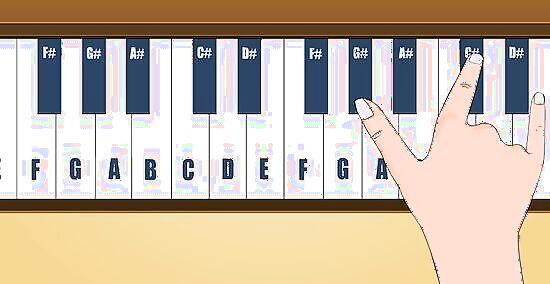
Shift your thumb to G#. Keeping the rest of your right hand in place (pointer or middle finger on C#, pinky on E), move your thumb to G# (the black key below A). Play this sequence of notes as above: G#,C#,E,C#. Repeat this exactly as above.
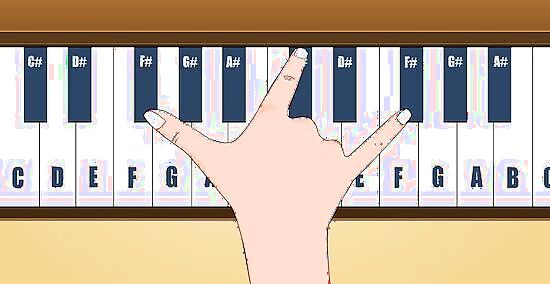
Shift your thumb to F#. This sequence of notes is slightly different - you'll have to stretch your fingers farther than before. With your thumb on the F# below the G# you were just playing, place your middle finger on the C# above it, then your pinky on the F# above that! In other words, you're playing two different F#'s this time. Play the sequence: F# (low), C#, F# (high), C#. This may be a bit of a stretch for your right hand! Repeat this sequence with the same rhythm as above.
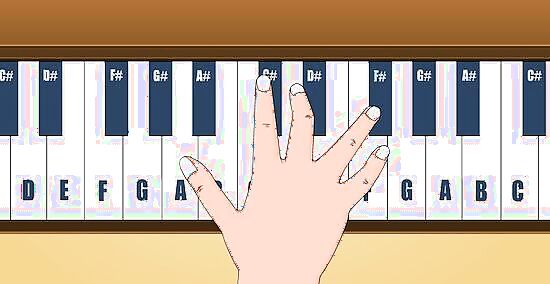
Finally, move your thumb up to A again. Your thumb will play A again, but your other fingers will play different notes this time: move your middle finger to the D above A and your ring finger to the F# above D. Play A, D, F#, D. Repeat this as above.
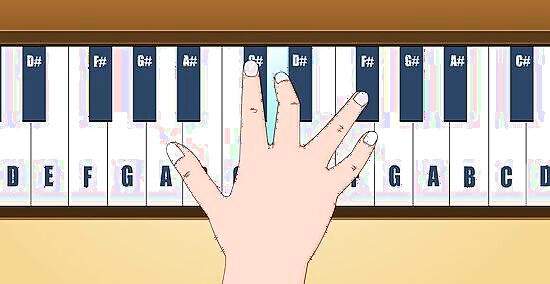
Practice again! Repeat steps 6-9 over and over again until you can play it without messing up. Listen to a recording of the song and try to match your speed and style to Wilson's piano line. It may take a while to get this step completely right, but be persistent - the results are worth it! One sure-fire way to get your playing up to speed is to practice with a metronome, which are available for cheap at almost every music store. Metronomes can count the beat for you, making it easier to keep your playing in time. You can even set your metronome to a slow tempo and slowly increase it to gradually increase your playing speed.
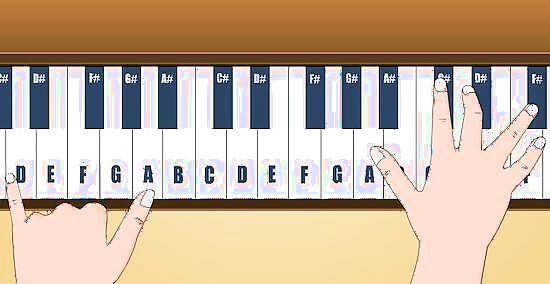
Put your hard work to use! Put both your right and left hands on the keyboard and play together. Play each part at the same speed - though your right hand is playing more notes than your left hand, both hands should change position at the same time every four beats. With luck, you'll sound just like the recording! If you're an absolute beginner, the intro to this song will probably take more than just one day to perfect. Keep at it! Set aside time each day to practice, and within about 5 days, you should see serious improvement! Each time you practice have a goal for what you want to accomplish in that session.
Learning the Intro (For Knowledgeable Players)
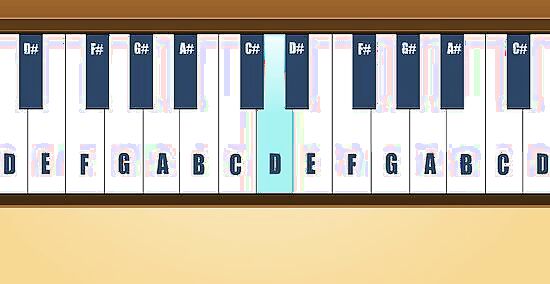
Learn the chords to the intro. The intro to "Someone Like You" only uses four chords: A, A/G#, F#m, and D. These four chords simply repeat over and over in a 4-bar line, with each chord receiving four beats. Basically, each of these chords is played as a whole note at a tempo of about 68-70 BPM. Practice this simple chord sequence until you have it memorized. It shouldn't take too long. Since the intro part to this song is played the same as the verse, you can even sing over it! "I heard that you're settled down..." A/G# may look intimidating, but it's not - it's simply an A major chord, except that the root note is a G# instead of an A. Just move the lowest note in the chord down one half-step and you're playing an A/G#!
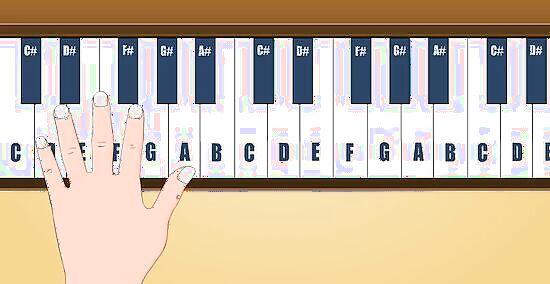
Play the root notes of the chords with your left hand. In the intro, Dan Wilson doesn't ever play the entire chord at once. Rather, he plays single notes with his left hand and plays arpeggios with his right hand. To learn the intro, first practice simply playing the root notes of the chords with your left hand. At a tempo of 68-70 BPM, play each note for four beats (in other words, play it as a whole note.). As a reminder, the root notes of the chords are: A, G#, F#, and D. Start two A's below Middle C. When you're confident with this bass line, you don't simply have to play each note as a whole note. Make subtle changes in the rhythm to spice up your playing. For example, try holding each root note for three beats, then hitting the note again on beat "four" of each measure.
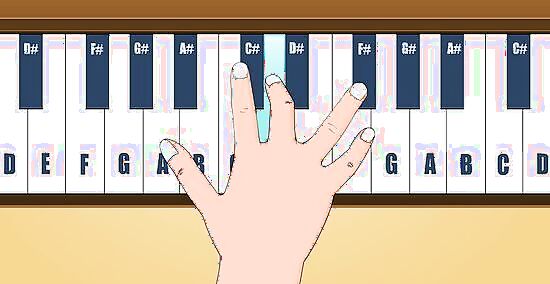
Arpeggiate the chords with your right hand. With your right hand, practice "arpeggiating" each of the chords in the chord sequence you memorized in step 1 of this section. Arpeggiating something simply means playing the tones in the chord as separate notes, not all together at once. For the A and A/G# chords, you'll play the root, third, fifth, then third of each chord - fairly simple. However, for the F#m chord, you'll play the root, fifth, octave, and fifth, and for the D chord, you'll play the fifth, root, third, and root - in other words, you'll play like the first too chords, but with the notes in a different order. Play this sequence 4 times per measure (in other words, each note should be a sixteenth note at about 68-70 BPM). See below for the notes you should play for the chords (repeat each four times): A: A C# E C#. A/G#: G# C# E C# F#m: F# (low) C# F# (high) C# D: A D F# D (note: the A in this arpeggio is the exact same note as the root note in the A chord.)
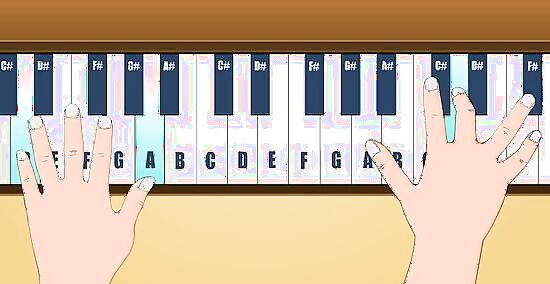
Put it all together. Now, you've learned the parts for both of your hands. Next, practice playing both of these parts simultaneously. Unless you're already an experienced player, it may be difficult for you to play the parts together at full speed at first - this is O.K. Don't be afraid to begin at half-time and slowly increase the tempo until you can play the intro comfortably at about 68-70 BPM.
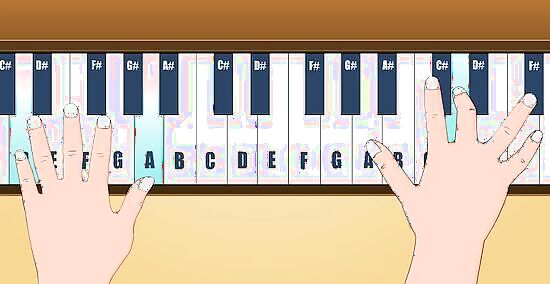
Spice up your performance. One of the things that makes the intro to "Someone Like You" so beautiful is that Wilson plays it with dynamics. This means that he doesn't play every note exactly the same, like a robot. Instead, some notes are played louder than others and some notes are played quieter than others. In the intro to this song, the dynamics are pretty subtle, but if you listen to the record, you can still hear them. Listen for how Wilson lingers on certain notes and plays certain note a little louder than others. These small, barely-noticeable changes take the music from ordinary to beautiful. For instance, listen to how Wilson plays the high notes in each arpeggio (in other words, the fifths.). He plays these notes slightly louder than the rest of the notes in the arpeggio. This accents the notes, basically making them ring out clearer and sound more "important" in the arpeggio.














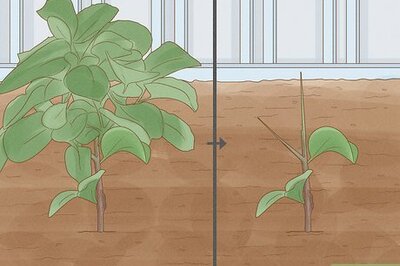




Comments
0 comment